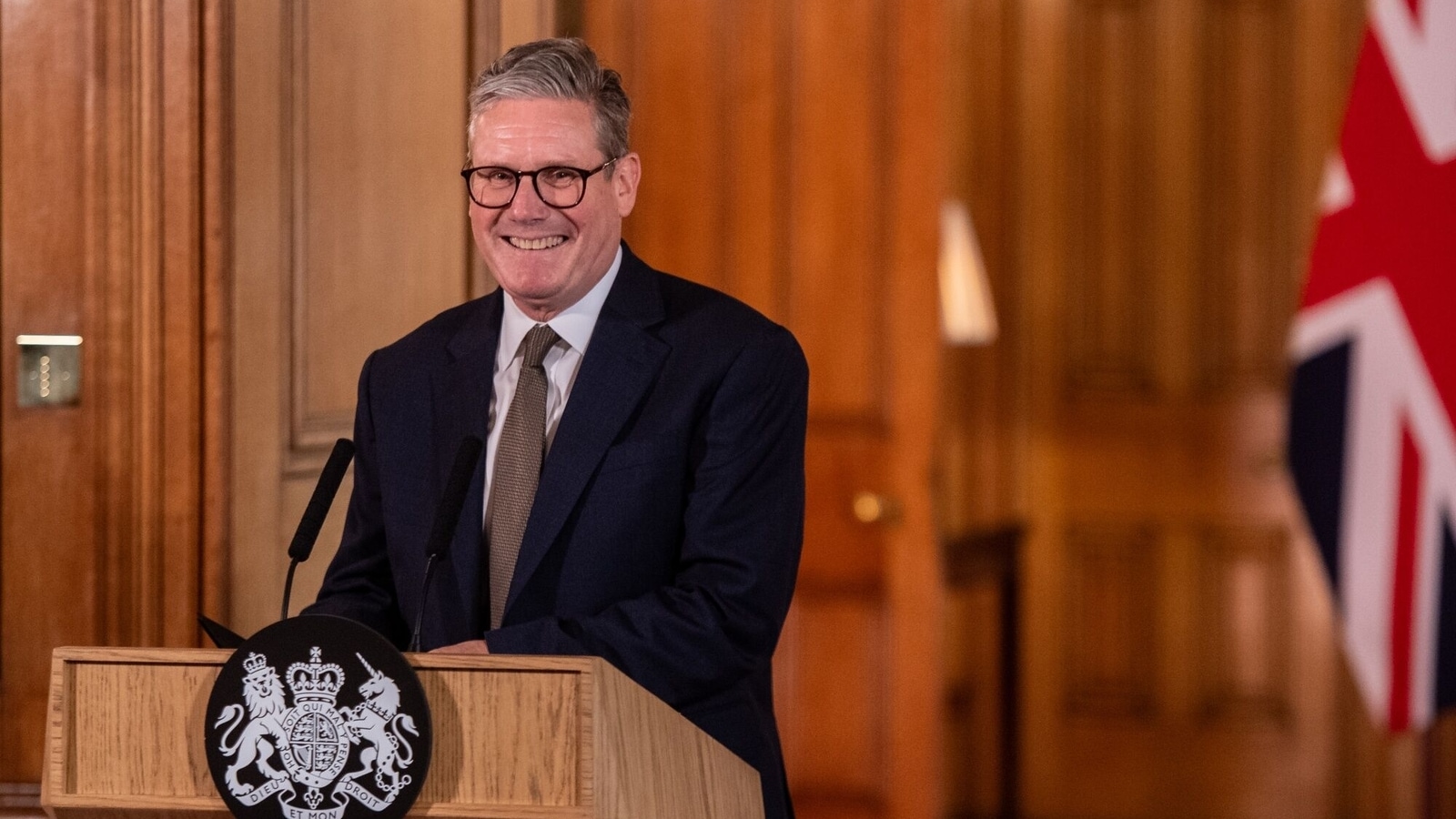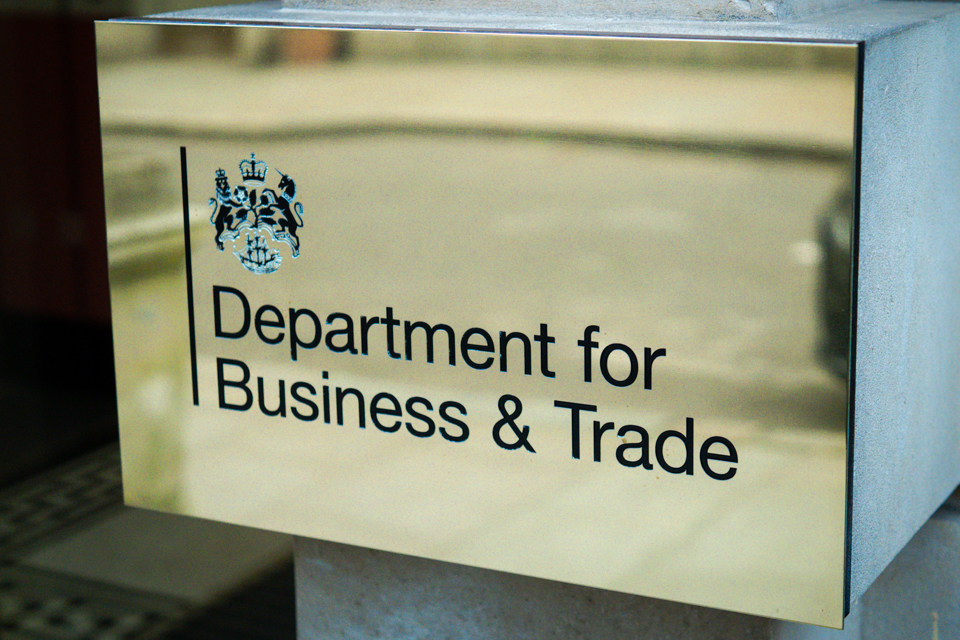What the remaking of Labour reveals about Sir Keir Starmer

- by Admin
- July 11, 2024

TO THOSE WHO question his readiness to be prime minister, Sir Keir Starmer has a message: look at how he has run the opposition. “I have changed this Labour Party, dragged it back to service, and I will do exactly the same for Westminster,” he told a rally early on in the general-election campaign. It is true that the best clues to his modus operandi are found in the way in which his party has been slowly remade. Less certain is how well this method would work should Sir Keir lead Labour to victory on July 4th.
The transformation of the party under Sir Keir has been remarkable. In the last election in 2019, under Jeremy Corbyn, a leftist, it won 202 seats, its lowest total since 1935. The following year, with Sir Keir installed as the party’s new leader, a report by Labour Together, a pro-Starmer caucus, warned that a long-term seepage of working-class support could cost it dozens more seats. Campaign funds were being consumed by investigations into allegations of antisemitism and of data-protection breaches, and by litigation from former employees. The tentacles of the hard left were wrapped tightly around the party.
For Sir Keir’s circle, the job of reclaiming the party for the centre-left began with a cultural critique. Mr Corbyn, as they saw it, was merely the symptom of a party whose priorities had become warped. It had elevated its members’ views over the public’s. A party founded as an “instrument of power” for the working classes had become an “expression of virtue” for progressive activists. Labour was more of a T-shirt than a party of government.
Being serious about regaining power implied several things. Labour had to try to get back into office in a single parliamentary term: those who claimed it would take a decade were dodging hard choices. It had to abandon the fatalism that said Labour’s old heartlands in northern England and Scotland had been lost to the Conservatives and the Scottish National Party. And Sir Keir would need to breach Labour norms about prioritising party unity.
To understand how he went about this task, you have to look at his career before politics. Sir Keir entered Parliament only in 2015, when he was already in his 50s. Before then, as a barrister working at the frontiers of human-rights law, he took on cases in areas such as the death penalty that he thought would lead to systemic change. And as the head of Britain’s public prosecution service, he styled himself as a reformist administrator who improved the service in an era of spending cuts.
A conventional politician, says Tom Baldwin, a former Labour official and author of “Keir Starmer: The Biography”, will set out a grand vision and then compromise with reality as obstacles emerge. Sir Keir, by contrast, tends to start with the most obvious mechanisms, and becomes iteratively more radical if they are found wanting. It is, says Mr Baldwin, a “common-law” approach, “a series of judgments based on values which slowly forms the jurisprudence, not a Napoleonic code derived from some great principles”.
The remaking of Labour operated via a ratchet. “He’s not iconoclastic and he doesn’t go around saying, ‘I’m going to smash things up,’” is the verdict of one party official. “He always says, ‘Let’s give everyone the benefit of the doubt, lead them properly, put systems in place.’” Only after a by-election defeat in Hartlepool in May 2021 did he become convinced that Labour needed stronger medicine.
The process is oddly unnarrated. When he was in opposition Sir Tony Blair made great play of his largely symbolic reforms to Labour’s “Clause IV”, which ended the party’s constitutional commitment to nationalisation. Take the more consequential changes that Sir Keir secured to the party’s rulebook in 2021, which weakened the influence of Labour members. These reforms were brought forward without fanfare at the party’s conference, and when they passed, he did not bother to mention them in his speech afterwards. His opponents, like unwitting frogs, were boiled slowly. Sir Keir’s leadership began with left-wing Labour MPs in the shadow cabinet; it has since seen the expulsion of Mr Corbyn and a last-minute purge of firebrand candidates in favour of Starmerite loyalists.
On ideology, Sir Keir has travelled light. The most consistent thread has been a self-confessed desire to get the party into power. As a candidate to lead the party in 2020, Sir Keir wooed the Labour selectorate with a Corbyn-lite pitch (“Defend migrants’ rights”; “No more illegal wars”). But once in the job, he changed his focus to target swing voters in the provinces. One Labour official uses another legal analogy: that of a barrister taking on briefs for different clients and different juries. His defenders argue that this flexibility is a virtue: whereas Mr Corbyn took rigid positions on every question, Sir Keir is deliberative. “It’s not about the colour of the machine, or how inspiring it is, or whether it is modern or old, but whether it works,” says Mr Baldwin.
In some respects, Sir Keir can apply this template to the government. As with the overhaul of the party, a cultural critique serves as the starting point. Britain’s problems, in Sir Keir’s telling, stem from a governing class that has become self-serving and inert; under Labour, there would be an ascetic emphasis on ethics. Another change in focus would be needed, this time from swing voters to the country at large. The ratchet would be required, too. There is a gulf in Labour’s manifesto between its five long-term “missions”, such as achieving the highest sustained productivity growth in the G7, and the more trifling measures it has identified as “first steps”. He will again need to become more radical.
The big question is how well a project to save the Labour Party can translate into government. Many of its positions—hawkishness on fiscal deficits, toughness on crime—have been more about closing gaps in Labour’s electoral appeal than about providing axioms to govern by. The lack of a well-understood project is why internal party disputes—over workers’ rights, for instance, or the scale of a green subsidy programme—have been resolved with painful slowness. In government, Sir Keir cannot afford to be as sluggish.
Similarly, the absence of a narrative is fine when fighting for internal control of a party; it is a problem when trying to steer a government composed of hundreds of MPs and thousands of civil servants. Sir Keir has successfully transformed his party through a mixture of pragmatism and ratcheting ruthlessness. Remaking an entire country will be a lot harder.
For more expert analysis of the biggest stories in Britain, sign up to Blighty, our weekly subscriber-only newsletter. And see our other coverage of Britain’s election, including our poll tracker, updated daily.
© 2023, The Economist Newspaper Limited. All rights reserved. From The Economist, published under licence. The original content can be found on www.economist.com
The Latest News
-
December 22, 2024Elon Musk’s British cousin reveals how brutally world’s richest man snubbed him: ‘I’m shocked that…’
-
December 22, 2024‘Labour will torpedo my firm’: One of Britain’s OLDEST family businesses says inheritance tax plans could destroy his finances in ‘blink of an eye’ after 250 years of trading
-
December 22, 2024UK Weather: Wind messes up UK travel plans
-
December 22, 2024Life in one of Britain’s most miserable towns: Locals in Barking blast council ‘shambles’ and say shopping centre is so empty it is like living in a ‘ghost town’
-
December 22, 2024Christmas travel chaos continues with 100 Heathrow flights cancelled amid severe 80mph wind weather warnings





